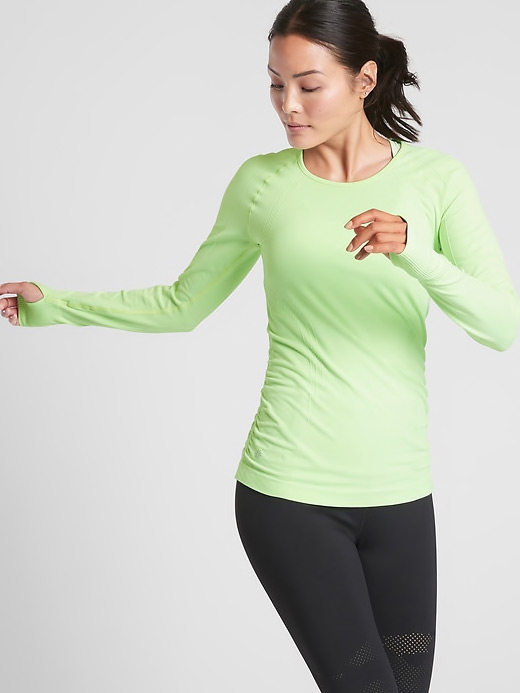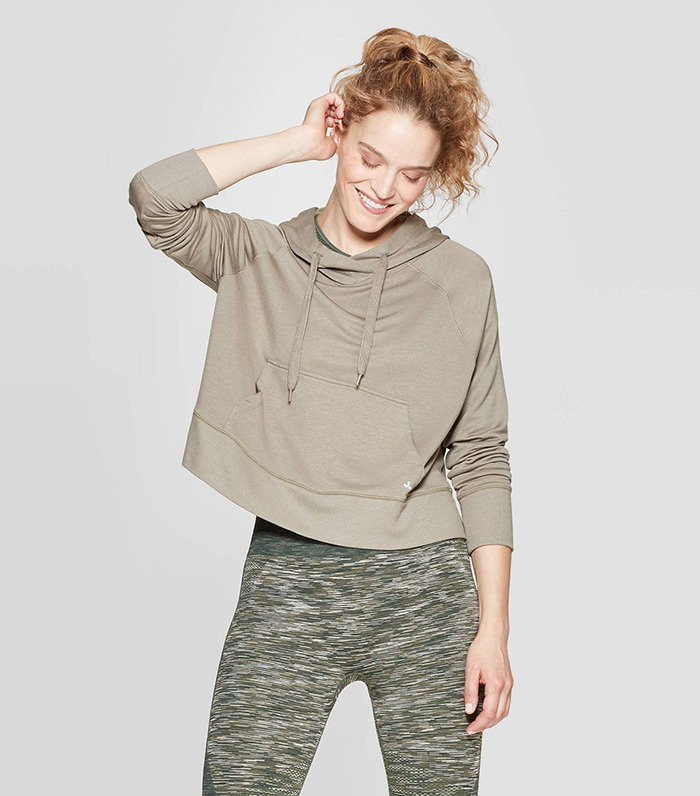Do You Burn More Calories in the Cold? Here's the Truth
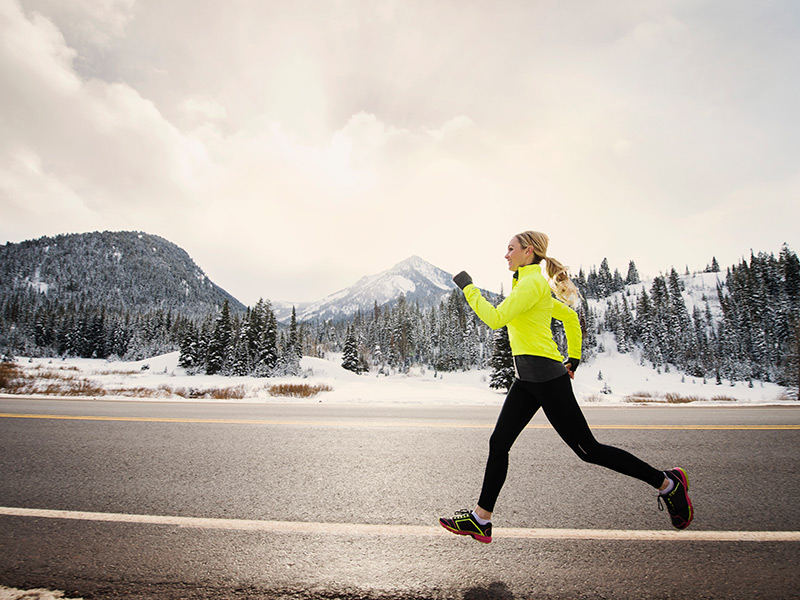
There's a line of thinking that working out in cold weather burns more calories than exercising in warm weather. But is that something we tell ourselves as motivation for that frosty morning run in the dead of winter? Or is there some science behind it?
Well, it's a bit complicated. You might think because it's cold out, your body is putting in even more effort to keep you warm, but exercise already raises your body temperature (whether it's cold or hot out). In fact, your body uses more energy when exercising in hot weather because it's working even harder to cool your body down.
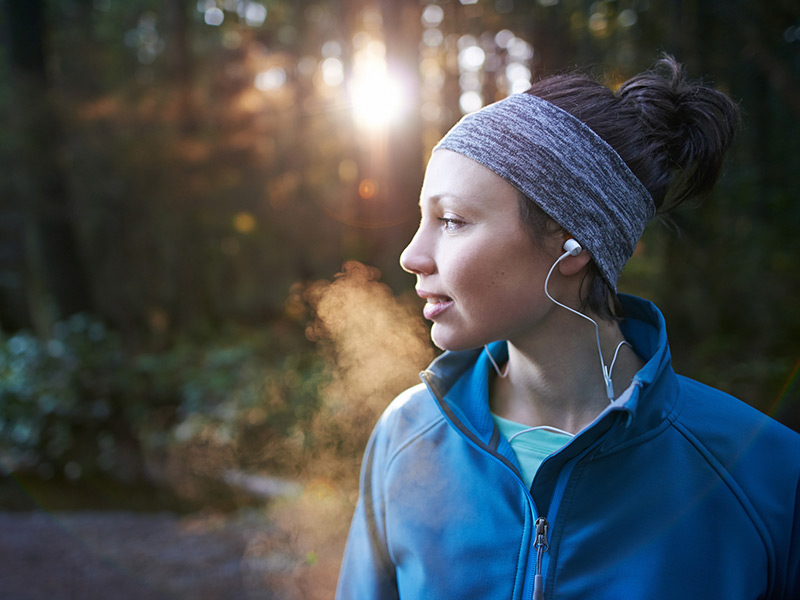
But being cold has its benefits, too. It's not going to be comfortable, though. According to the American Council on Exercise, you have to be shivering in order to increase caloric expenditure. When you're so cold that you're shivering, your body is working hard to regulate your temperature, and that's where "brown fat" comes in.
Your body has two main types of fat: white and brown. "White fat stores energy as large fat droplets, while brown fat has much smaller droplets and is specialized to burn them, yielding heat," states the National Institute of Health. The thinking is that when your body is cold and shivering, the brown fat in your body will burn energy to generate heat, in turn burning calories.
Previously, researchers believed that newborns only had brown fat (because they can't warm their bodies by shivering), but most recently, studies located brown fat below the shoulder blades and in the upper torso of adults. According to the Cleveland Clinic, these findings prompted scientists to learn more about brown fat and how it can be used to burn more energy and help with weight loss.
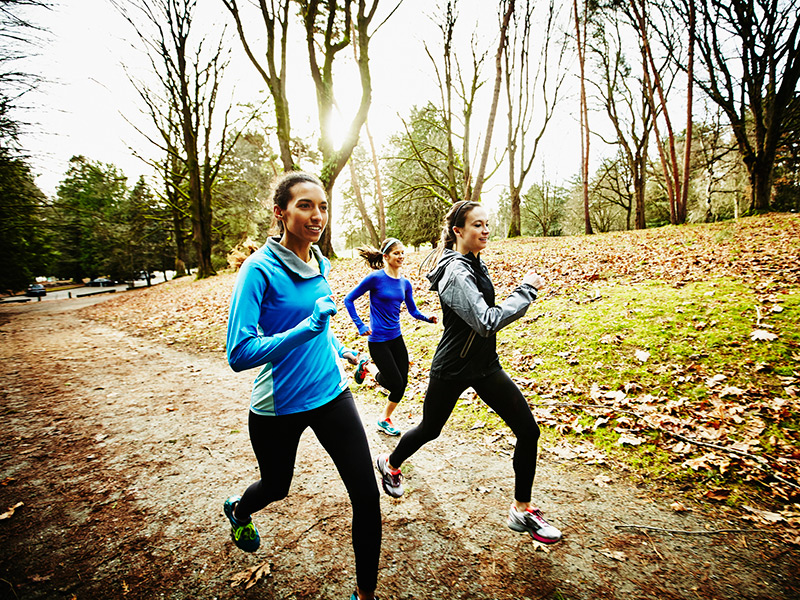
While shivering might cause you to use more energy than if you were in warmer weather, the American Council on Exercise says that "the actual calories burned due to shivering depends on the temperature, how long the person was exposed, and the type of clothing."
The gist? Neither cold nor hot temperatures are a sure bet when it comes to maximizing your calories burned. More research needs to be done on how to use brown fat effectively for weight loss, if possible, and different factors contribute to how many calories you lose in cold or hot weather. Think about it: You might have to be shivering a long time for it to pay off. And is that really safe? Our take: Stay active no matter the climate (as long as you're taking the right precautions) and eat right.
If you are looking to get moving when the temperature drops, make sure you've got the right gear for it. Here are some of our picks for cold-weather activewear.
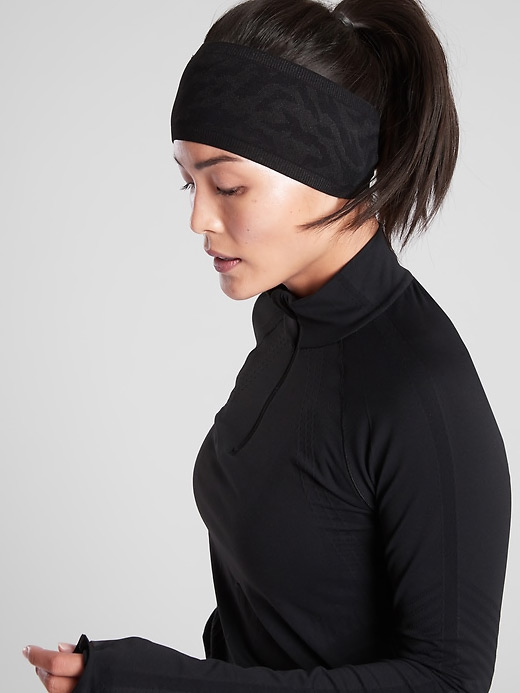
You're going to need to keep your ears and head warm, too. This headband will do the trick.
Next up: 7 Hot Yoga Tips for Beginners
This article is provided for informational purposes only and is not intended to be used in the place of advice of your physician or other medical professionals. You should always consult with your doctor or healthcare provider first with any health-related questions.
Sarah is lifestyle writer and editor with over 10 years of experience covering health and wellness, interior design, food, beauty, and tech. Born and raised in Los Angeles, she attended New York University and lived in New York for 12 years before returning to L.A. in 2019. In addition to her work at Who What Wear, she held editor roles at Apartment Therapy, Real Simple, House Beautiful, Elle Decor, and The Bump (sister site of The Knot). She has a passion for health and wellness, but she especially loves writing about mental health. Her self-care routine consists of five things: a good workout, “me” time on the regular, an intriguing book/podcast/playlist to unwind after a long day, naps, and decorating her home.
-
 I Live for Yoga and Pilates—These Are the Pieces That Help My Flow
I Live for Yoga and Pilates—These Are the Pieces That Help My FlowTake notes.
-
 It's Time to Get Our Nutrition in Check for Summer—This App Is Making It Easy
It's Time to Get Our Nutrition in Check for Summer—This App Is Making It EasyThe recipe ideas are endless.
-
 If You're Battling With Digestive Issues, This Could Be Why
If You're Battling With Digestive Issues, This Could Be WhyTurns out, you may not have IBS after all.
-
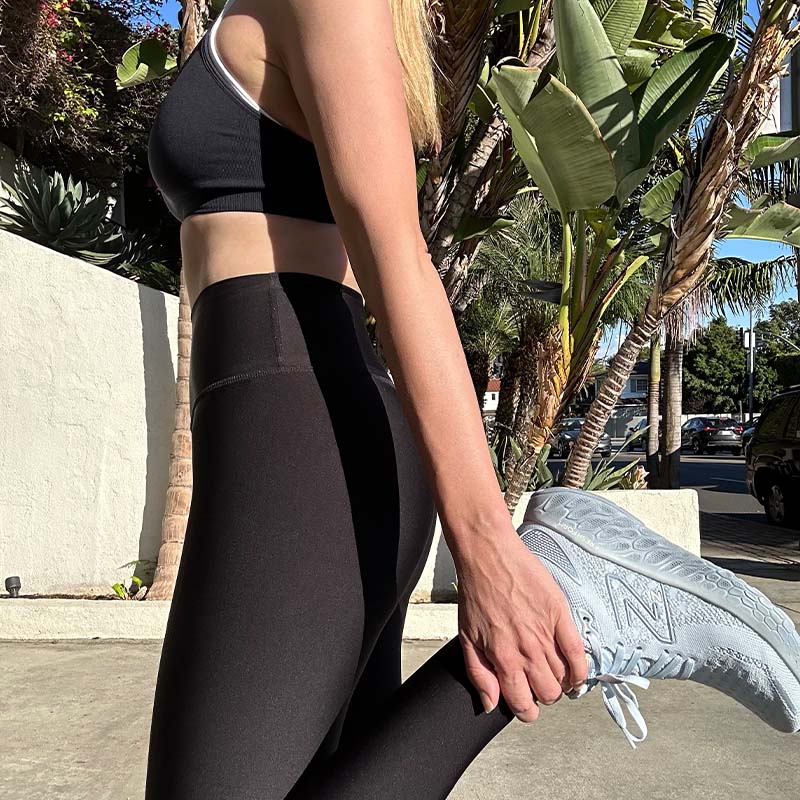 Our Editors Own a Lot of Sneakers, But This Pair Comes in First Place Every Time
Our Editors Own a Lot of Sneakers, But This Pair Comes in First Place Every TimeA major win.
-
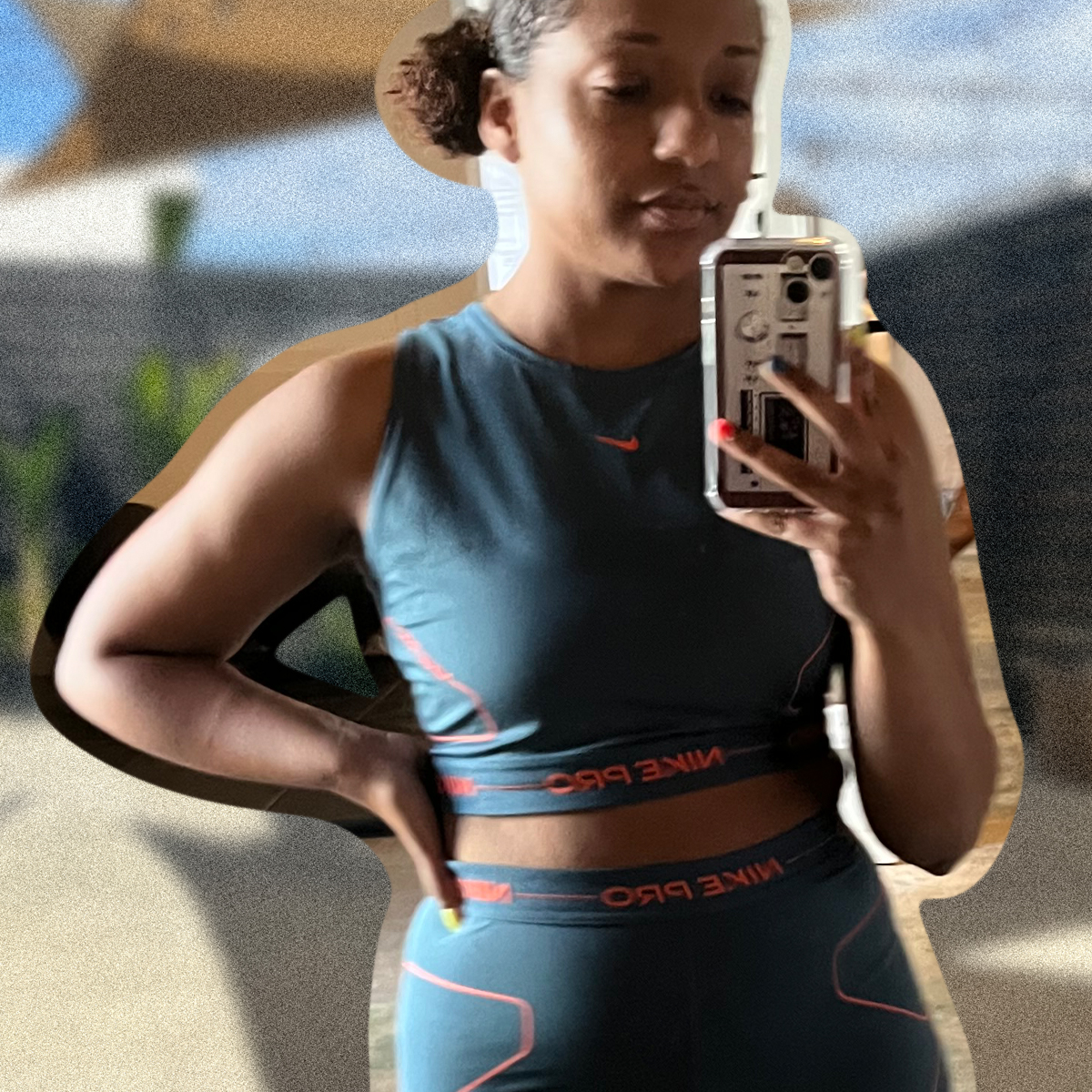 I Changed My Mind About Strength Training When I Tried This Workout
I Changed My Mind About Strength Training When I Tried This WorkoutMy confidence is officially on 10.
-
 This Type of Gear Will Take Your Workout to the Next Level
This Type of Gear Will Take Your Workout to the Next LevelBring it on.
-
 6 Essential Oils That Will Heal Your Painful Sunburns
6 Essential Oils That Will Heal Your Painful SunburnsAll-natural relief ahead.
-
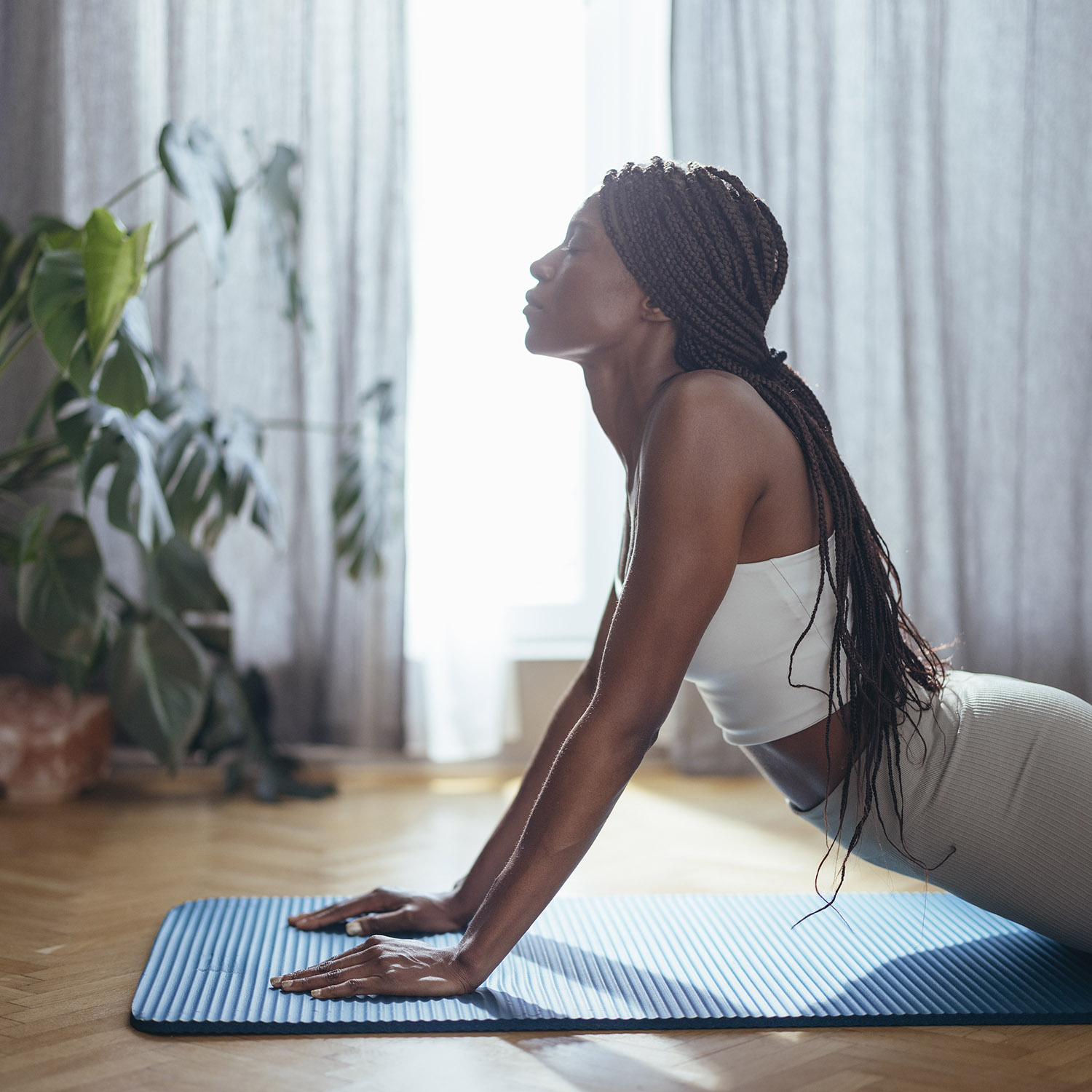 The Activewear Accessory That Can Change Your Yoga Practice
The Activewear Accessory That Can Change Your Yoga PracticeIt's so helpful.


